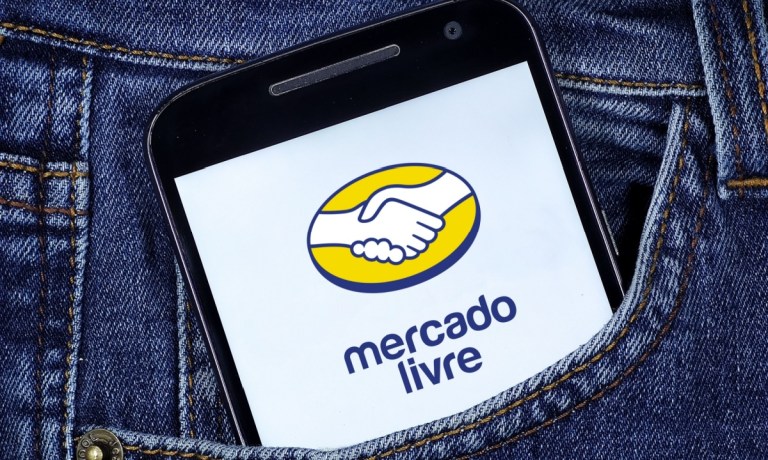
Saying that its “ecosystem is our competitive strength,” Latin American payments and eCommerce powerhouse Mercado Libre reported strong Q1 revenue growth in all areas of its multifaceted business Thursday (May 2). The results were driven in part by investments made during Q1 in Mexico and Brazil.
The company has five main divisions operating in 18 Latin American markets: MarketPlace for users to sell products, Mercado Pago for online payments, Mercado Publicado for personalized media, Mercado Shops to enhance the platform’s overall ecosystem, and Mercado Crédito is the company’s credit line.
It said Thursday that its Q1 net profit across all those divisions rose 71% from a year earlier to $344 million. Both Mexico and Brazil emerged as key drivers of Mercado Libre’s Q1 success, each registering a 30% year-over-year (YoY) increase in gross merchandise volume (GMV). This growth is attributed to a substantial rise in the number of items sold, 32% in Brazil and 28% in Mexico.
As reported in PYMNTS, Mercado Libre recently announced an increase in its investment in Mexico, committing a record $2.5 billion for 2024, up from $1.6 billion the company invested in 2023. According to a mid-March Bloomberg report, the money will be allocated to the expansion of its warehouse facilities, enhancements to its logistics network, an increase in the availability of loans, and boosts to salary payments and investments in marketing and technology.
The importance of the Mexican market to Mercado Libre’s overall business strategy was underscored in its earnings announcement. Mexico accounted for over 20% of the company’s total revenue in 2023, up from just 12% in 2019.
Several payments technology highlights were included in the earnings announcement. According to CEO Marcos Galperin, in Brazil, the launch of its “split payments” feature alongside the increasing adoption of Mercado Pago’s payment solutions, have enhanced the shopping experience, contributing to an increase in consumer spending.
Mexico has shown similar results, not just in consumer commerce but also in Mercado Pago’s payments services. The introduction of over 1.5 million new credit cards and growth in point of sale (POS) transactions underscores the expanding footprint of Mercado Libre’s payments in the region. Mercado Pago saw a 38% increase in monthly active users, reaching 49 million. The credit portfolio in both Mexico and Brazil expanded, with total originations growing at 71% YoY to $4.4 billion.
The company was bullish on MELI+, its loyalty program. “Users who enroll in the program increase their spending and buying frequency and shop across more categories than prior to enrollment,” the company’s earnings statement read.
“Engagement with MELI Delivery Day has exceeded our expectations, which shows we have succeeded in creating a compelling shipping benefit for the loyalty scheme. … We are optimistic about the impact of MELI+ on future growth and retention as the user base continues to scale.”
Operational efficiencies, particularly in logistics and delivery, got a lot of attention during the company’s earnings call. Despite the scale of its operations, Mercado Libre managed to achieve record lows in late deliveries while keeping the cost per package stable YoY.
The average delivery speed remained near record highs, even as new initiatives like MELI Delivery Day were introduced. The company’s claimed that its on-time fulfillment rates increased by nearly 8 percentage points YoY, surpassing the 50% mark for the first time, reaching an average of 52% in Q1 2024.
The company’s logistics and fulfillment capabilities were the subject of a Harvard University case study last year, stating: “The marketplace arm leverages this tool to eliminate friction between buyers and sellers, by using a mixture of first- and third-party logistics providers with solutions including drop-shipping, fulfillment, cross-docking and flex. Because of Mercado Libre’s scale, combined with sophisticated technology and unique warehousing facilities, shipping costs can be decreased, which translates in more value for the end users of the platform.”